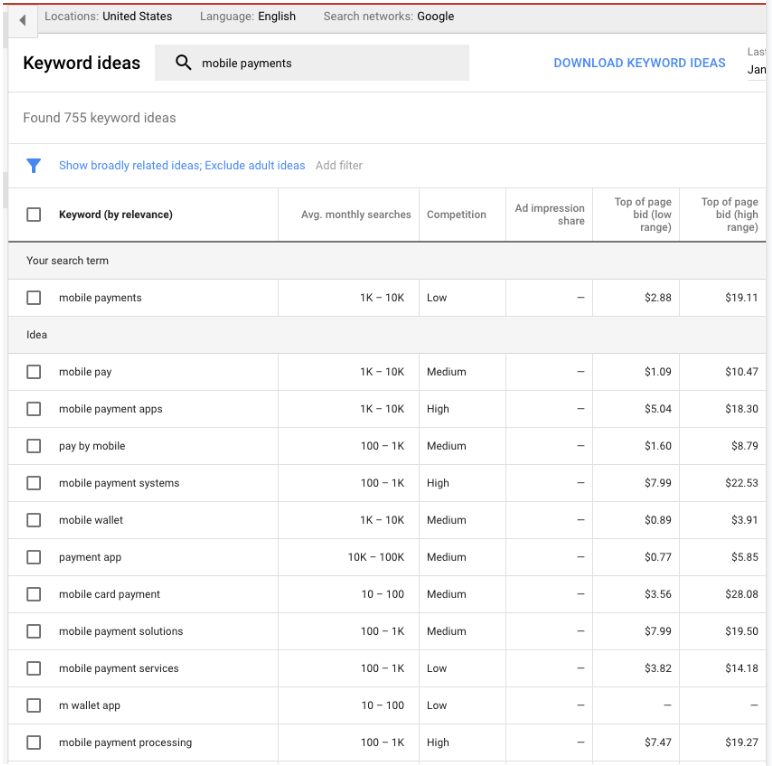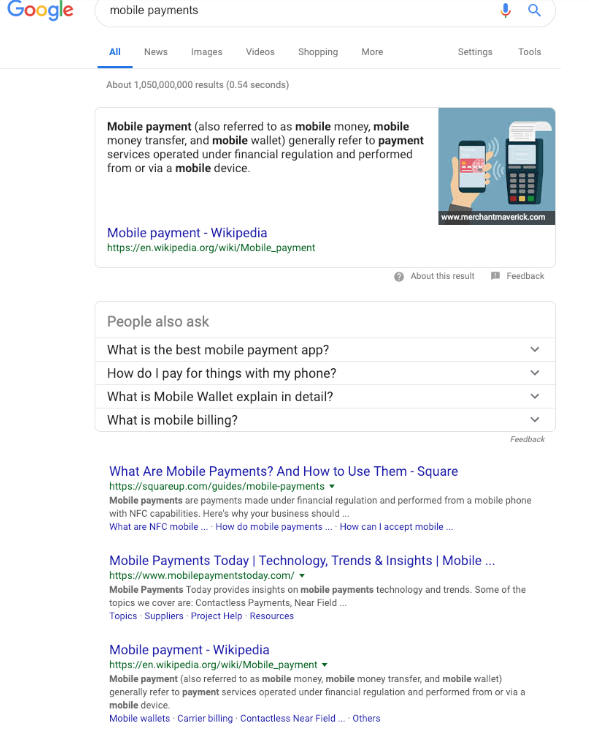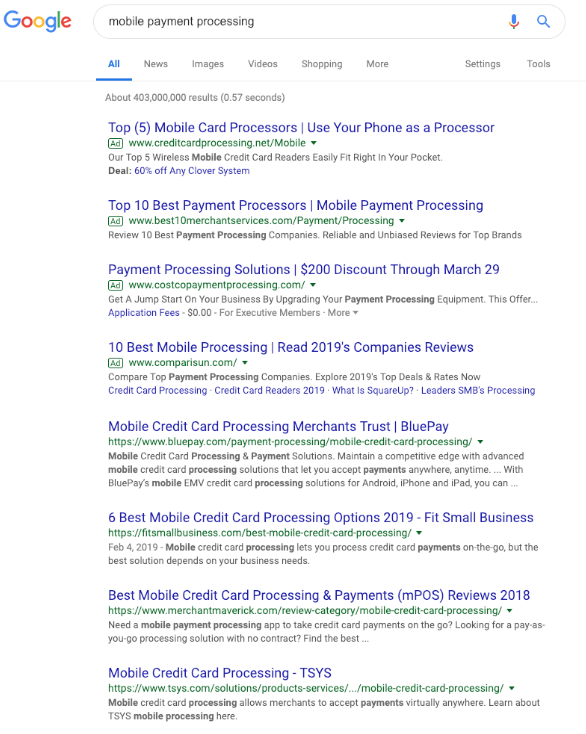
When it comes to SEO, keywords have been the buzzword forever. There are dozens of tools such as Google Keyword Planner to help your business come up with the right keywords to create engaging content that improves your ranking on search engines. But did you know that there’s a better way?
Keywords alone won’t help you land the top spots on Google. To create content that Google loves and that your target audience finds valuable and useful, you need topic clusters.
Why Are Keywords “So 2000’s”?
Search engine optimization is constantly evolving. It’s the nature of the beast. To keep ranking well, you have to stay fresh on all the new technology, changes, and consumer behavior that search algorithms love and that make sense as part of your complete content marketing strategy.
Amazingly enough, though marketing teams have been quick to keep up to date with every other aspect of SEO, the same can’t be said for keywords. For most marketers, keywords still form the most basic elements of their content. They assume that these search terms are the best and only way to reach their target audience and demonstrate what their business offers.
The problem is that keywords are very limited in their ability to reach customers. You have to make many assumptions about what your customer is looking for and their purchase intent. And while with the right SEO strategy and research you can get good at targeting content to your potential audience, optimizing a plural or singular keyword will still end with you missing a large portion of your potential audience.
Keyword Limitations
Keywords are too limited when it comes to framing a search. There’s no way for a marketer to know how their audience’s personal language biases and ways of speaking could influence the search. And when you bring your audience’s background into the picture as well, the number of potential searches expands astronomically; it would be impossible for any marketer to imagine and cover every possible keyword that could be used.
For example, let’s say you’re trying to rank highly for “mobile payment systems”. Here are just a few of the keywords that could come up:
-
Mobile payments
-
Pay by mobile
-
Mobile wallet
-
Mobile card payments
-
Mobile wallet app
-
Payment app
-
Mobile payment processing

And that’s just touching the surface. We didn’t get into using “online” instead of “mobile” or bring in all the possibilities with “app” or “applications”. And, as you can see, a Google search for “mobile payments” and “mobile payment processing” brings up very different results.


The problem is that there are any number of ways your audience could search for what you’re offering, and if you don’t get the keyword just right, you could miss out on ranking. Keywords are a self-limiting approach to SEO that’s rapidly becoming outdated.
For a more modern and effective SEO strategy, topic clusters are the way to go.
What Is the Topic Cluster SEO Model?
Topic clusters are the future of SEO strategy, because they match the new algorithms that search engines use. They favor content that is topic-based instead of keyword-based, since not only does it help you organize your website content, but it also directs your target audience to dive deeper on your website.
Topic clusters help to streamline your content marketing strategy by taking an intent-based approach to your content. The simplified idea is to come up with one central topic—referred to as a “pillar” page or post—and then create several supporting blog posts around that main page to form the cluster.
The key is to make sure that each sub-topic links back to the pillar page so that the search engine recognizes your clustering. Here’s an example of a topic cluster based on the idea of mobile payments discussed above.

Why Do Topic Clusters Work?
So, why does topic clustering work so well for SEO? By creating a relationship and hierarchy between individual content, you can consistently provide a better user experience and stronger signals to search engines that you have authority on a particular topic. This enhances your footprint in the space and helps you emerge as a leader for all keywords related to that particular topic.
It’s all about how SEO works.
In 2013, Google’s Hummingbird algorithm began focusing on phrases instead of keywords. At this same time, topics became more important. Then, in 2015, when Google went through its RankBrain update, topic-based strategies became even more important. Google changed how its algorithm interpreted people’s search queries by pulling out similar themes and phrases to provide the best results.
This means that SEO rank changes based on context, which makes it difficult to evaluate success on keywords alone, particularly as mobile and voice search makes queries more conversational. There are now hundreds of thousands of long-tail variations of any keyword within a topic, so ranking for a topic is key.
4 Steps to Creating an Effective Topic Cluster
1. Choose Your Topic “Pillar”
To get started on adding topic clusters to your content marketing plan, first, you need to figure out the appropriate topics for your brand and buyer personas. To do this, ask yourself three questions:
-
Does that topic get searched for regularly enough that it’s worth my time and effort?
-
Is the topic something you want to cover in detail and does it have enough variations to make a cluster?
-
Does my audience want to learn about this topic, and do I already have content covering it?
This topic will become your in-depth pillar piece of content that all of your subtopics will link back to.
2. Choose Your Subtopics
Once you have your main topic determined, it’s time to identify the five to ten core problems, questions, and concepts that fall under that topic. To do this, you want to talk to your target audience via surveys, interviews, or research online (look into social media, blogs, discussion groups, and more).
Each subtopic should relate to the pillar idea directly but offer a different viewpoint or element that makes it unique and valuable on its own.
3. Evaluate Your Keywords
Keywords are not wholly obsolete. They still matter underneath your overarching topic and within your clusters. You want to group your subtopics into your broad topic area using keyword research to make sure your subtopics have the right target audience and search volume to be valuable.
And make sure that you validate each keyword with industry and competitive research. Answer the Public is a great website to help you find long-tail keywords to fuel your ideas.
4. Create and Link
Finally, it’s time to create your content and insert the necessary links.
-
First, start writing each of your subtopic blogs. Make sure you go into detail on the long-tail keyword chosen for that particular subtopic and avoiding talking about anything that’s covered by one of the other subtopics.
-
Second, write your pillar piece of content. This is typically a long-form blog post or article—1,500 to 3,000 words—that covers a more generalized approach to your overall topic. It should touch on the ideas that you deep-dived into in all of your subtopics, but avoid making duplicate points.
-
Link each subtopic blog post back to the pillar article and vice-versa. These internal links are what make a topic cluster.
Final Thoughts
Topic clusters are the best way to organize your content and rank highly on search engines. They help both you and your users better navigate your site content and demonstrate your thought leadership.
Just remember that what matters most are choosing the right topics and subtopics for your business and audience. This will make the difference between ranking highly on Google and disappearing into the background.
Need help getting started with building topic clusters based on your buyer persona's search intent? Contact KeyScouts today.



